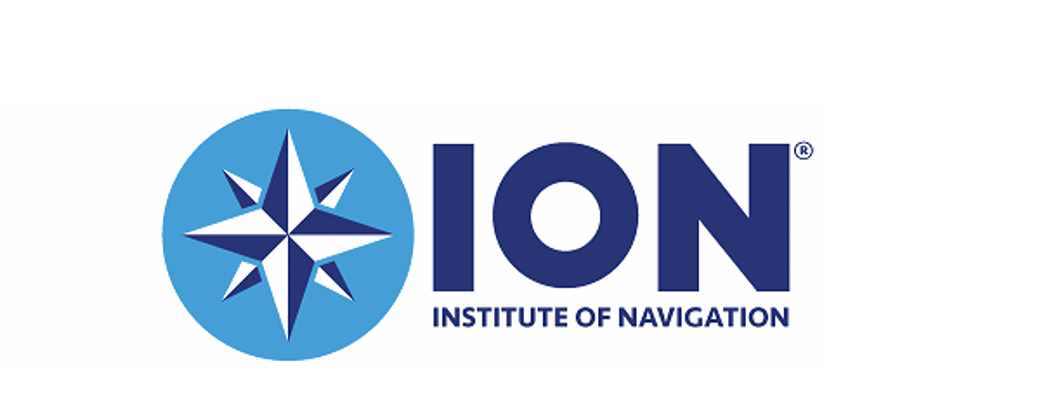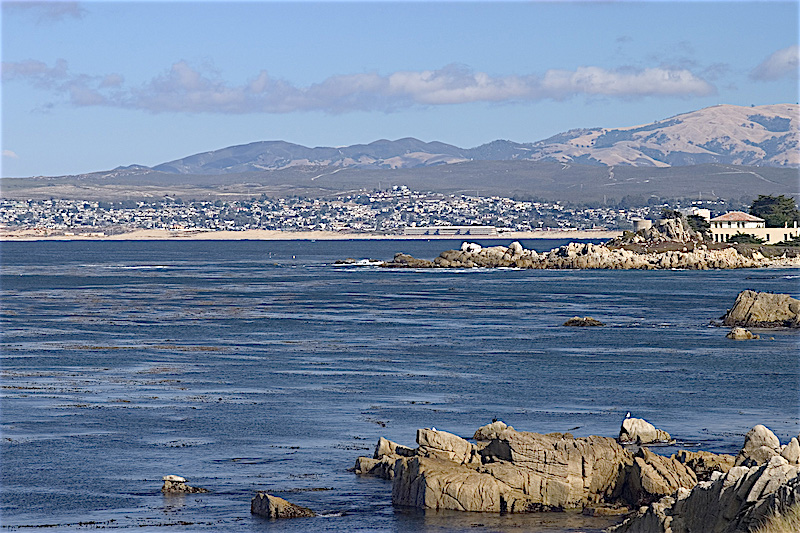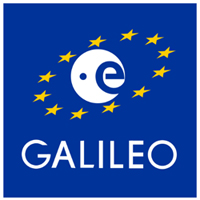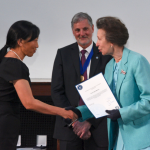The Institute of Navigation (ION) announced the recipients of the 2022 Fellow membership during the ION International Technical Meeting (ITM) and Precise Time and Time Interval Systems and Applications (PTTI) meeting held January 25- 27, 2022 at the Hyatt Regency Long Beach in Long Beach, California.
Election to Fellow membership recognizes sustained professional accomplishments that have significantly contributed to the advancement of the arts and sciences of Positioning, Navigation and/or Timing (PNT) in the areas of technology, management, practice or teaching and a demonstrated and sustained impact on the PNT community. Fellows have maintained an observable presence in the ION community over the long term, including contributions to ION programs and publications.

Dr. Dennis M. Akos was elected for fundamental contributions to the design, development, and commercialization of GNSS software-defined radio technology.

Charles A. Schue, III was elected for distinguished and sustained technical and strategic contributions, leadership, and guidance in resilient PNT solutions.
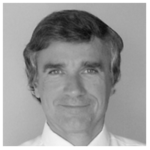
Dr. Charles K. Toth was elected for significant contributions to the development and implementation of multi-sensor integrated navigation systems, and for demonstrated excellence as an academic mentor and professional leader. Dr. Dennis M. Akos is the developer of the GNSS software-defined radio (SDR). The radio front-end developments, performed in cooperation AFRL, resulted in the first direct RF sampling front-end designs for GPS and GPS/GLONASS receivers. On the software front, his efforts resulted in the world’s first complete SDR for GPS, implementing all the algorithms required within the receiver from the signal acquisition, code/carrier tracking, data decoding, and the position/ time solution. During his time as a faculty member at the Luleå University of Technology, Dr. Akos focused on the optimization of existing GPS signal processing algorithms, moving the post-processing of the samples into a real-time implementation. With the transition to real-time processing, Dr. Akos co-founded NordNav Technologies, developing GNSS software-defined receivers. This technology advanced the GPS software radio in the commercial sector. NordNav partnered with CSR to provide a cost-effective solution for the mobile market with the reuse of a 2.4-GHz Bluetooth radio for L1-band GNSS signal processing. Dr. Akos reworked the GPS SDR implementation into a userfriendly implementation, resulting in the 2007 textbook, A Software-Defined GPS and Galileo Receiver. This provided an open-source implementation of the GPS software-defined receiver algorithms for all as well as a valuable research and educational tool. Dr. Akos’ research within the field of GNSS software radio has been influential in the efforts of the GPS Laboratory at Stanford University in its mission to integrate GNSS technology within the National Aerospace System on behalf of the FAA. His insight into the internals of GNSS receivers, resulting from his in-depth GPS/GNSS SDR research, continues to be an enabler for safe and effective use of GNSS in aviation. Dr. Akos is currently a faculty member with the Aerospace Engineering Sciences Department at the University of Colorado at Boulder. He holds a PhD in Electrical Engineering from Ohio University. Dr. Charles K. Toth is the key architect of the concept, development, and implementation of the first mobile mapping system (MMS), one of the first civilian applications of GPS. This revolutionary technology became the frontrunner of acquiring street data for visualization to support location-based services, with thousands of vehicles equipped with the latest sensors-acquired data 24/7 for the internet-based giants. For the past 25 years, he has been one of the three international leaders organizing the International Symposium on Mobile Mapping Technology (MMT). In late 1990s, Dr. Toth led the OSU team in the Airborne Integrated Mapping System (AIMS), which delivered the first-in-the-world fully digital directly georeferenced highaccuracy airborne mapping system prototype based on the tight integration of GPS and the inertial navigation unit (IMU). This technology was first used commercially during the 9/11 Ground Zero emergency mapping operations. Subsequently, Dr. Toth led significant research efforts on direct georeferencing of remote sensing platforms, introducing GPS/IMU-based sensor orientation into the mapping community, and is generally credited with coining the terms direct georeferencing and indirect georeferencing. Dr. Toth was one of the principal architects behind the design and prototyping the NGA-sponsored novel multi-sensor and AI-based personal navigator (PN) for emergency crews and dismounted soldiers. The originality of this contribution stemmed from using artificial neural networks and fuzzy logic to model human locomotion to facilitate navigation when other sensors failed, all by implementing a knowledge-based system. Dr. Toth is a research professor in the Department of Civil, Environmental, and Geodetic Engineering at The Ohio State University. He is recognized for establishing professional partnerships between ION and ISPRS, FIG, and IAG. He received an MSc and PhD in Electrical Engineering as well as a PhD in Geo-Information Sciences from the Technical University of Budapest in Hungary.
Mr. Charles “Chuck” A. Schue, III is a pioneer in the design, implementation, or support of nearly every Loran-C, Loran-D, and eLoran system since 1975. Through one of his companies, UrsaNav, he offers continent-wide, ground-wave technology that is reliable and scalable, and available when GPS/GNSS is not. The technology is fully interoperable with, yet completely independent of, GPS/GNSS, and offers sky-free PNT directly to users, or as an enabler of other technologies. He is the author/ co-author of over 62 published papers, countless presentations, and several book chapters on low-frequency, Loran-C, enhanced Loran, and resilient PNT. He holds, or is named in, nine patents. An internationally recognized expert in radio navigation systems, Mr. Schue is a founding member of the UK Resilient PNT Group, two RTCM committees, and the SAE International’s Systems Management Council PNT Standards Committee, which issued the Transmitted Enhanced Loran Signal Standard, and two data channel modulation standards. Other achievements include participating in the provision of timing for the terrestrial infrastructure monitoring and controlling the first joint U.S.- Soviet space mission: the Apollo-Soyuz space docking; developing gait algorithms for the first-ever joint U.S.-Japanese effort in autonomous underwater robotics: the hexapod underwater walking robot, Aquarobot(tm); miniaturizing and marketing the first Thermal Diffusion Blood Flow monitor for neurosurgery; and developing a prototype Pulsating Electromagnetic Field Generator to study improving bone growth and knitting for space travel.
Mr. Schue, a US Coast Guard retiree, is a seasoned entrepreneur who is a founder, owner, and/or director for nine companies in the U.S. and Canada. As co-founder of the Resilient Navigation and Timing Foundation, he helped establish resilient PNT as an international priority. He has been a member of ION Council and a director of the International Loran Association, is a Fellow of the RIN, and a Senior Member of IEEE and ASQ. He holds master’s degrees in Electrical Engineering, Engineering Management, and Business Administration.

